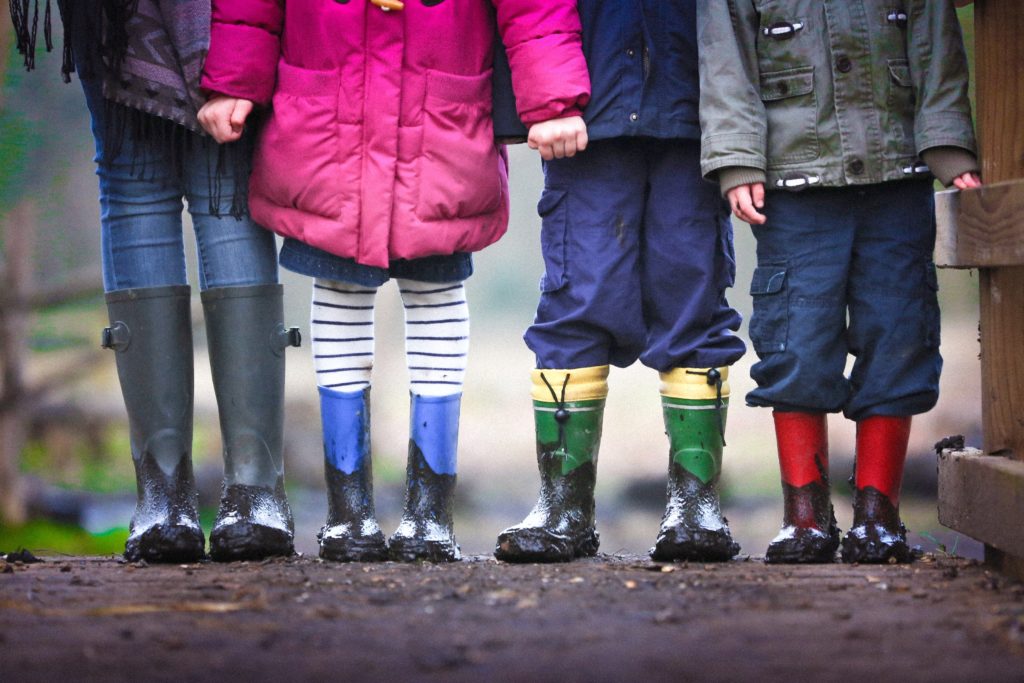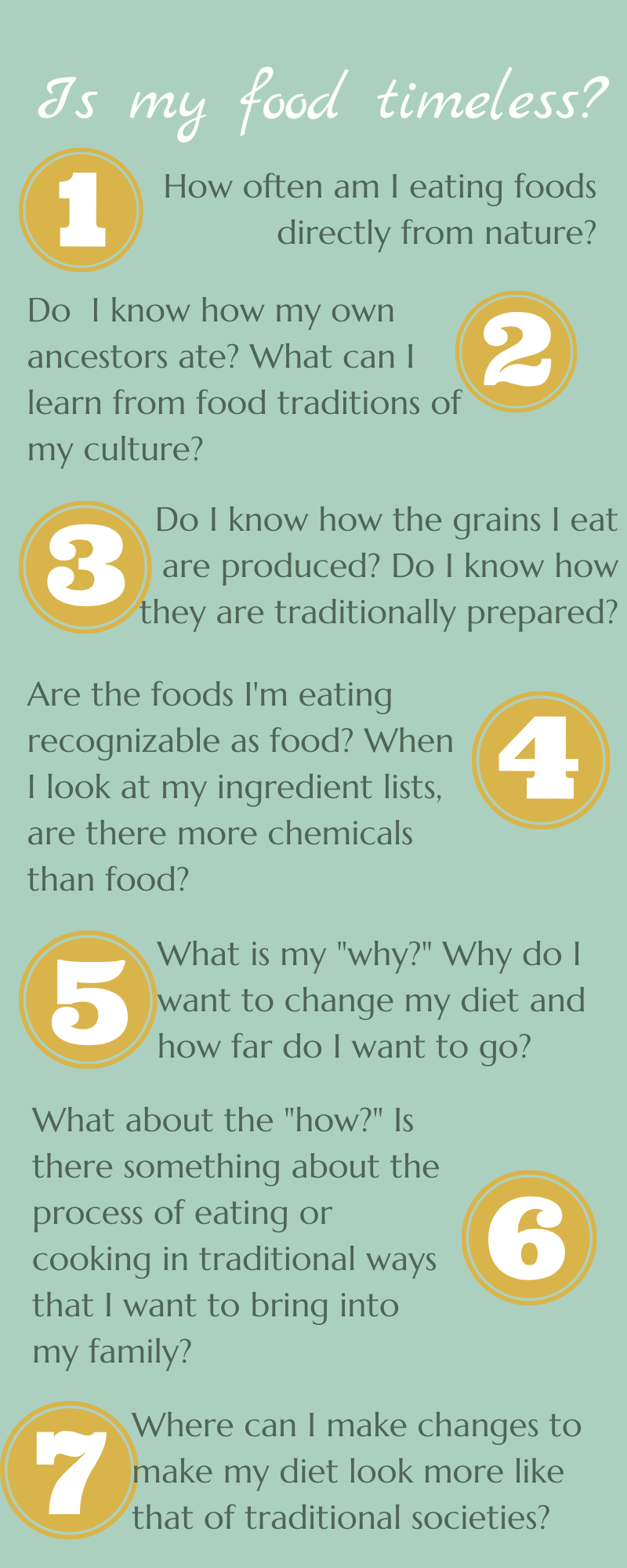
Childhood is timeless, but not the way we do it.
In a society that defines childhood in some ultra-modern ways, parents (at least I do) live in constant fear of accidentally stealing the magic of childhood from our kids. Certainly other parents will tell you that’s what you’re doing. But ancient parents didn’t stick with the same childrearing principles for thousands of years just because they had no other ideas. Those principles stuck around with good reason and we shouldn’t toss them out willy nilly.
So, once again, timelessness is the center of our parenting discussions. Here’s what we have come up with so far:
-
Toy Minimalism… sort of
Think about stories of people from other times — How many toys did kids have before the beginning of modern life? One? Two? Always at least an amount you can count on your hands.
And I’m sure those kids loved those toys and played so creatively with those toys (and often played with things that weren’t toys!) since necessity is the mother of invention.
That’s the feeling we want for our kids’ childhood — not a long list of toys in their head, but the ability to play deeply with a few toys and pretend or reconfigure the ones they have when they need something new.
So, do we practice toy minalism? Not really. Does our toddler have more toys than we think she should? Really, yes. But, we try to be careful of the value of what toys come in and she is much more limited in number of toys than pretty much all of her friends. On top of that (because grandparents are going to do their thing), we rotate her toys in and out.
-
Time outside is precious
We love the work of Charlotte Mason, who says kids should be outside for at least 6 hours a day! We work hard and manage at least 20 minutes. While that doesn’t seem like a lot, it does say a lot to our value of outside time that we set it aside so rigorously.
Kids should be outside doing things that kids have been doing since the beginning of time — running, jumping, wrestling, looking around at nature, and building things with the resources they find.
Our outside time for our kids is very precious and guarded when possible.
-
Work, work, work
Kids used to work a lot more than they often do now. Thinking of ancient examples, tiny kids have had to do everything from taking care of animals to putting away their own clothes to helping to cook. And those kids had energy and focus, creativity and attentiveness in ways modern childhood has to go entirely without.
So we are trying to bring some of those principles into our kids’ lives. The toddler comes around and helps me with picking up, she helps Daddy build things, she cleans her own room…
(We hope) she is learning that hard work is good and that she has the ability to do more than she thinks.
-
Centering everything around God
Since the beginning of time, people have been pointing each other to the God who created us and rules over everything. We want to be people who walk around quoting large portions of Scripture in every day conversations, who talk about God, who do work for His glory, and who see the beauty in the world as a reflection of Him. We want everything we do in our day to be to point us and our children to His goodness and wisdom.
(And that’s so timeless, angels were doing it before time even began!)
How well do we do on these? Depends on the day. But the more days we have full of hard work, energetic outdoor romps, too much creativity to need toys, and reverential and beautiful worship for God, the better parents I think we’ll be.






